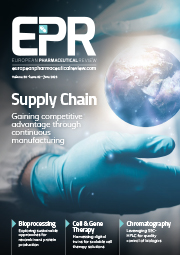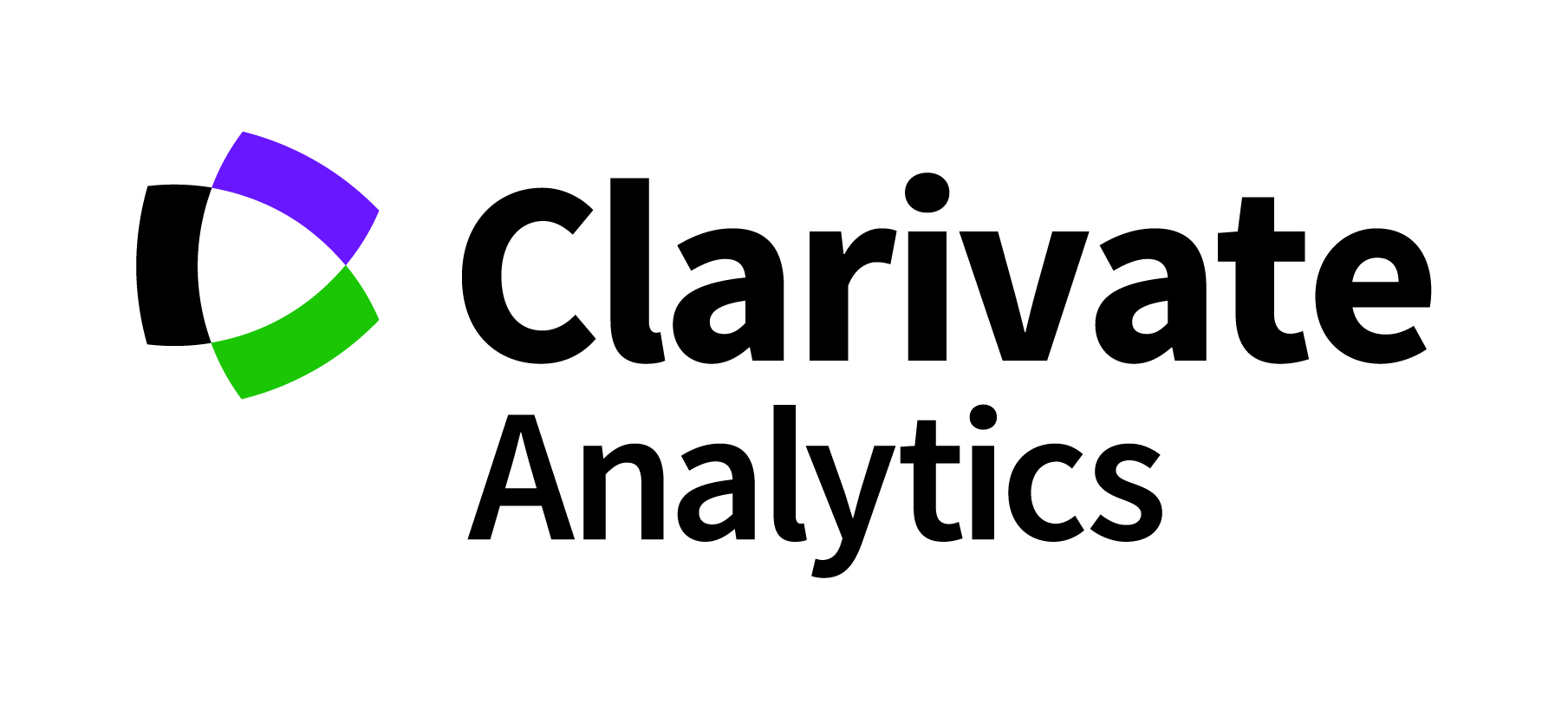Understanding the complexities of global serialisation & traceability regulations


Worldwide there were 3,509 pharmaceutical crime incidents in 2017, which represents an 11% increase from 2016.
Most falsified medicines that reach the market do so because of inefficiencies in the supply chain. The complexity of the supply chain, in which drugs change ownership multiple times before reaching the patient, leads to these inefficiencies. With some channels ignoring distribution rules, a drug’s authenticity is put at stake in the end.
In an effort to reduce these problems and to improve supply chain transparency countries like Italy and Turkey took the first steps around serialisation in 2010. The US then followed with the federal government passing the Drug Supply Chain Security Act (DSCSA) in 2013 and setting a 10-year timeline to implement serialisation and traceability down to the item level.
In Europe the Falsified Medicines Directive (FMD) was published in January 2011 to combat the increasing risk that falsified medicines reach patients. Now, as countries prepare for the deadline of 9 February 2019 to implement the Commission Delegated Regulation (EU) 2016/161 many companies are at risk of missing this deadline.
Serialisation is set to revolutionise pharmaceutical operations as it requires complex technical projects involving engineering systems at line, distribution operation levels and enterprise IT systems at site and global levels.
From 9 February 2019 market authorisation holders are required to place specific safety features on all new packs of prescription medicines placed on the market in the European Union. These include:
- A unique identifier (UI)
- An anti-tamper device (ATD).
Pharmacies will be required as part of the dispensing process to:
- Check the anti-tampering device (ATD) to ensure it is intact prior to dispensing; and
- Change the status of the pack in the National Medicines Verification System from “active” to “supplied”.
Furthermore, serialisation and traceability measures are not just being implemented in the US and Europe but many other regions such as Asia and Middle East and Latin America (LATAM) are doing the same and many others are expected to follow.
Also, the details and complexities of this process and the fact that different countries have different requirements or specificities makes it difficult for manufacturers to stay updated with the legislation and its particularities.
In this webinar you will understand the global counterfeit drugs landscape and how different countries are implementing serialisation and traceability measures, such as EU, US and other markets. We demonstrate how Cortellis Regulatory Intelligence and Clarivate’s Professional Regulatory Services can help pharmaceutical companies, manufacturers and other supply chain professionals navigate this complex subject, understand the local regulatory environment in all countries where they do business, save time tracking regulatory changes and anticipate regulatory obstacles with accessible analytics.
Learning outcomes of this webinar:
- The falsified medicines global landscape
- What regulations are being applied to fight counterfeit drugs
- What these changes mean for the pharmaceutical industry
- Global packaging safety features regulations in Europe, USA and other markets
- How Clarivate Analytics’ unique solutions and services can help you navigate these complex regulations and stay updated.
Keynote Speakers


Doctor of Pharmacy and Master’s degree in International Drug Development and Registration from the Paris-Sud University. Global regulatory affairs experience within major pharmaceutical companies in France, Belgium and South Africa. Experience in international regulatory intelligence with the development of content for Cortellis Regulatory Intelligence and currently as regulatory solution specialist.


Master of Science – Regulatory Science, The Johns Hopkins University and Bachelor of Science-Molecular and Cell Biology, Louisiana Tech University. Over 15 years of combined Regulatory and Quality Experience having worked in global regulatory affairs for pharmaceutical companies and a quality management background working in the pharmaceutical and vaccine industries. Previously worked with the FDA’s Office of Regulatory Affairs.
The rest of this content is restricted - login or subscribe free to access


Why subscribe? Join our growing community of thousands of industry professionals and gain access to:
- bi-monthly issues in print and/or digital format
- case studies, whitepapers, webinars and industry-leading content
- breaking news and features
- our extensive online archive of thousands of articles and years of past issues
- ...And it's all free!
Click here to Subscribe today Login here
Related topics
Drug Counterfeiting, Drug Manufacturing, Drug Markets, Drug Safety, Drug Supply Chain, Legal, Regulation & Legislation, Supply Chain, Technology










Dear Sir/Madam,
Is it possible to view the webinar the day after as well?
Best regards,
Hedi Rahnel
Hi Heidi,
Thank you for your interest in our webinar. I can confirm this will be available to watch on-demand from the 25 October.
Should there be anything else we can help with, please don’t hesitate to get in touch.
Kind regards,
European Pharmaceutical Review